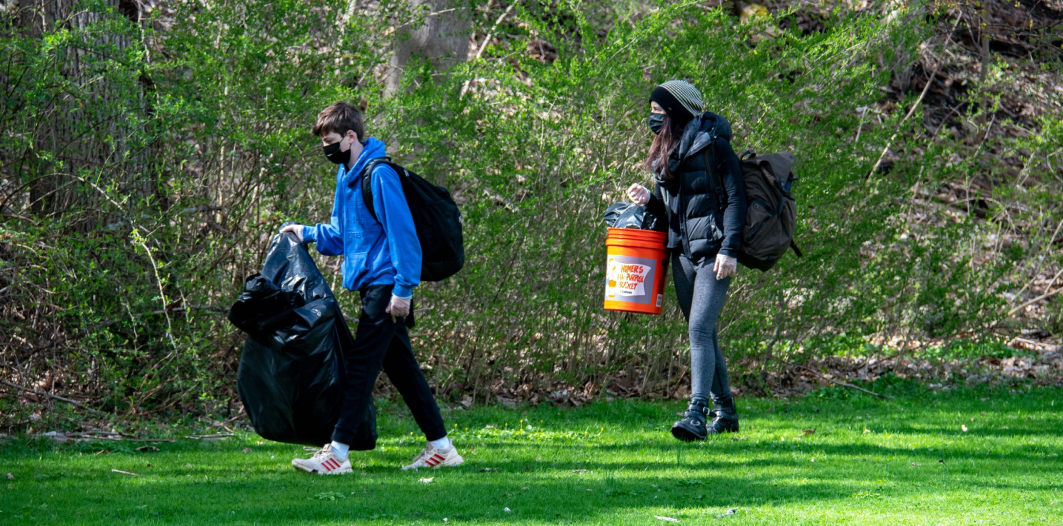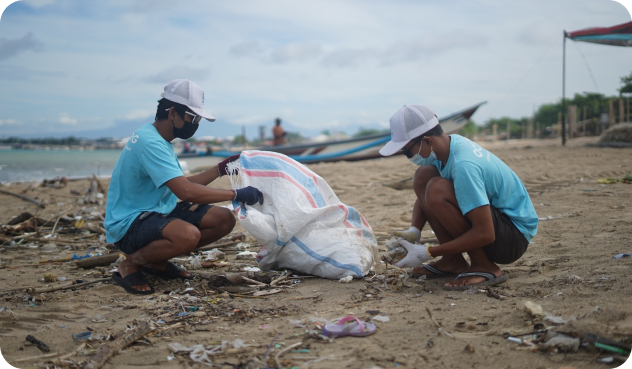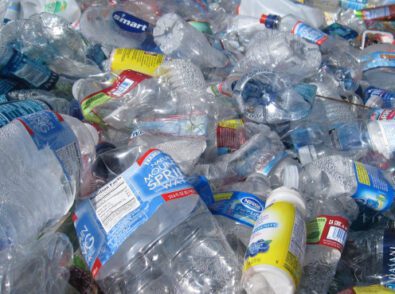Tips for Organizing a Community Cleanup

Organizing a neighborhood cleanup is an excellent way to improve your local environs. From picking up trash to planting or maintaining community gardens, beautifying public spaces, and shoreline cleanups, so much can be done. Whatever you choose to take on will surely be well worth the effort.
Getting Started: How to Plan a Community Cleanup
Choosing where to focus your efforts is the first step. Some projects might be fairly obvious, such as collecting litter and waste from waterways, parks, and walking paths. Maybe your local playground needs a new coat of paint on the equipment, or the park could use some fresh flowers planted.
Call a town hall-style meeting for neighborhood residents to talk about ideas. Make flyers, post on the Nextdoor app, social media, or go door-to-door to boost awareness. Take names and contact info to keep everyone in the loop as plans progress.
The most successful community cleanups are those everyone can agree on, so try to choose a focus that makes sense to most people. Be mindful that you may need permission for projects that center around public places, and work that into your plan.
Create a Plan
All successful initiatives take planning. Staying organized will help everyone focus on the tasks, get more accomplished, and allow everyone to have fun in the process.
Once you’ve decided on your community cleanup project, use the following checklist to keep yourself on track:
- Estimate how many people you’ll need to complete the project and how long it will take.
- Choose a date or dates, time, and alternate dates in case of inclement weather.
- List things you’ll need to purchase or borrow to do the work.
- Ask for donations of materials you’ll need or do some fundraising so you can make the purchases.
- Confirm volunteers.
- Assign teams and leaders.
- Apply for permits or get permission if needed.
- Choose a location to meet and muster.
- Make a detailed schedule for the day(s) you’ll be working on the project.
- Outline the deliverables (results).
- Measure the outcome.
- Celebrate your success!
- Thank everyone for their participation.
Choose A Strong Leader
Not everyone is a natural organizer, nor are all people capable of communicating well with a diverse variety of people. Choose a person who is organized, detail-oriented, and naturally outgoing. It should also be someone with a great deal of empathy who can inspire others to work as a team.

Spread the Word
Put the word out to the community. Include church groups, the YMCA, and local businesses. Post flyers on public message boards and online community groups. Ask local organizations to include your info in their newsletters or send a press release to local papers if you’re inclined. Create a buzz!
Community Cleanup Benefits
Everyone wants to live in a beautiful place. Community cleanups have a positive impact, helping to unite people to a common cause. It’s also an opportunity to educate and inform people about composting, recycling, and making responsible purchasing decisions. The more people know, the greater the benefits to the entire community.
Be mindful of waste and take action: champion your community cleanup, and everyone wins.





